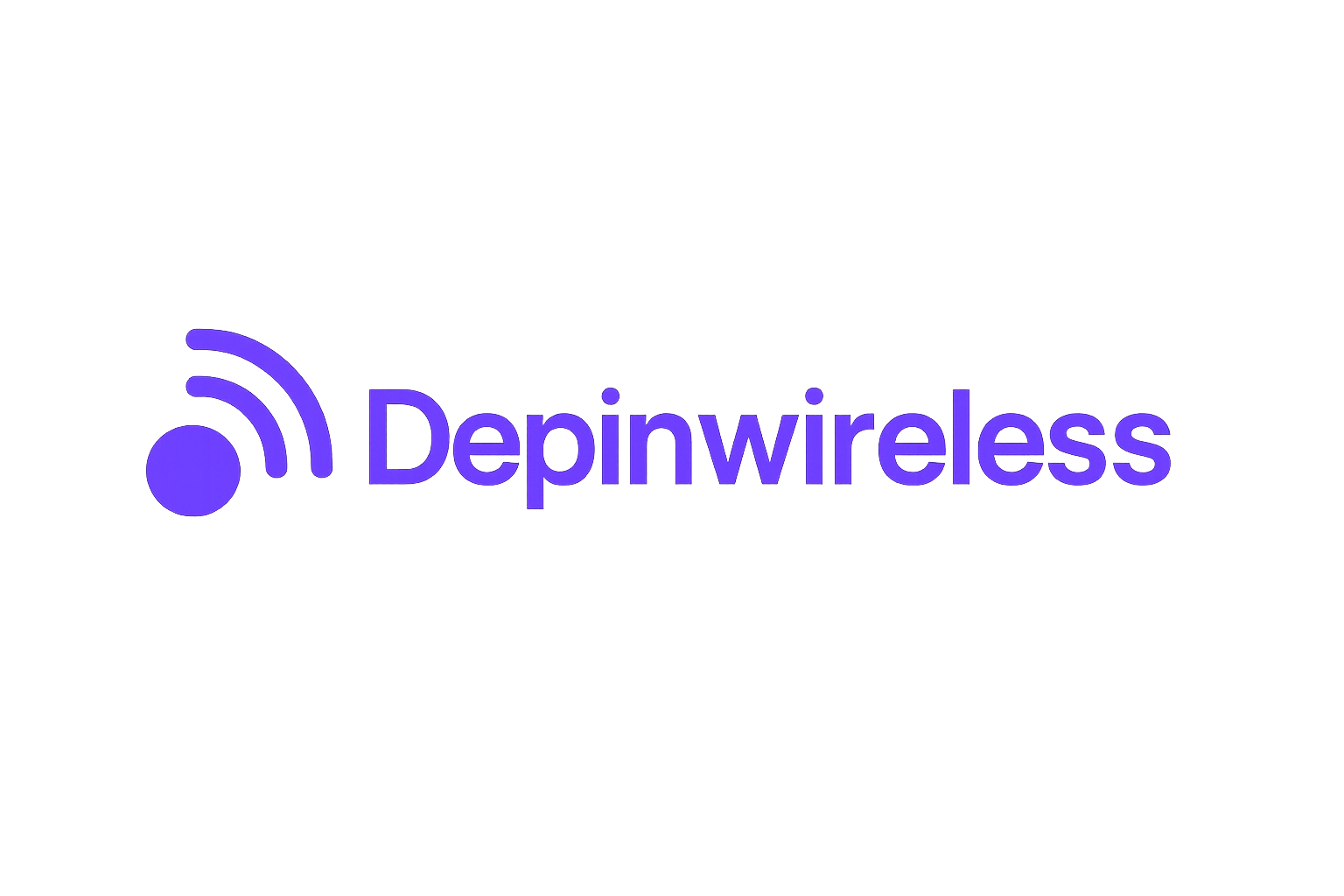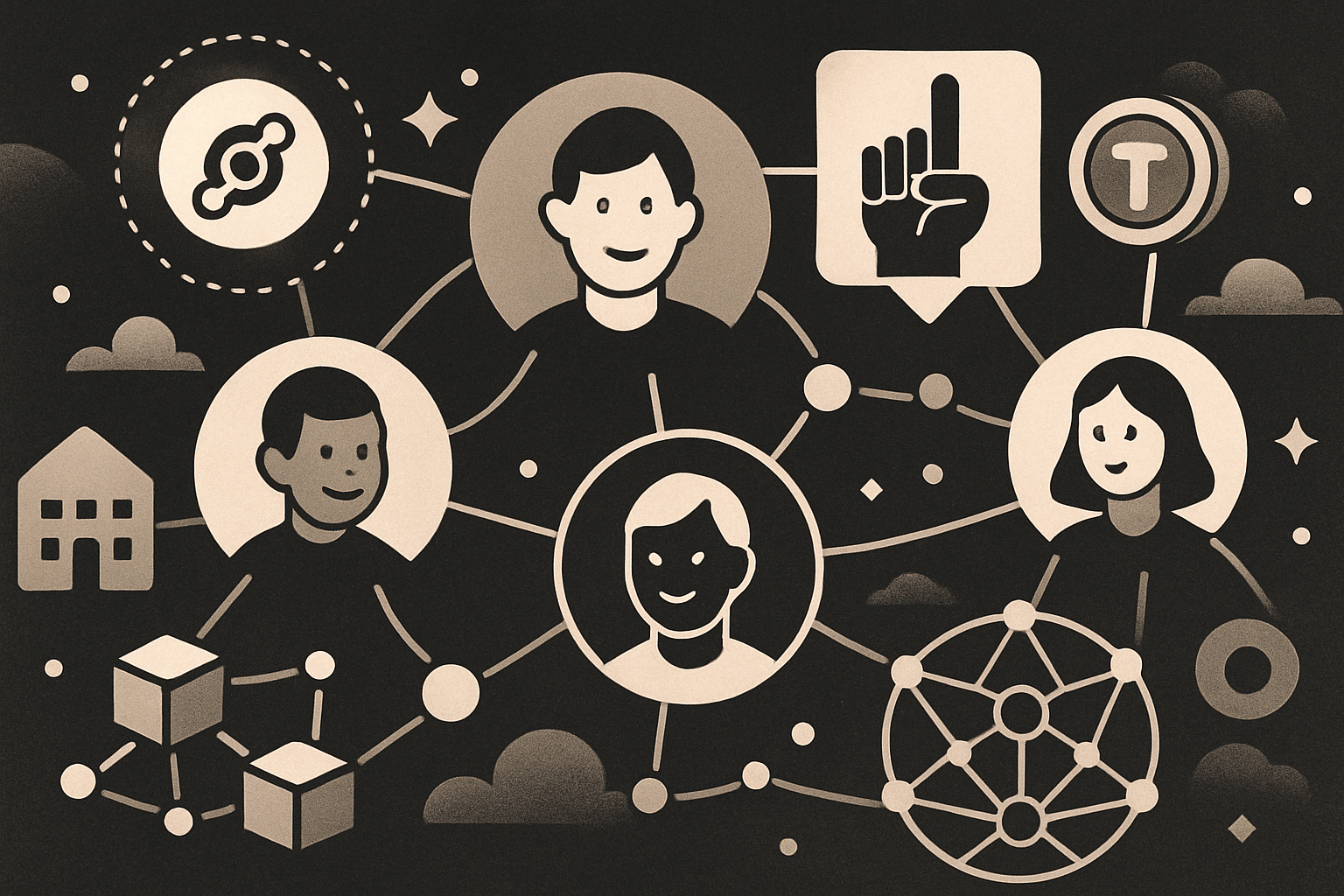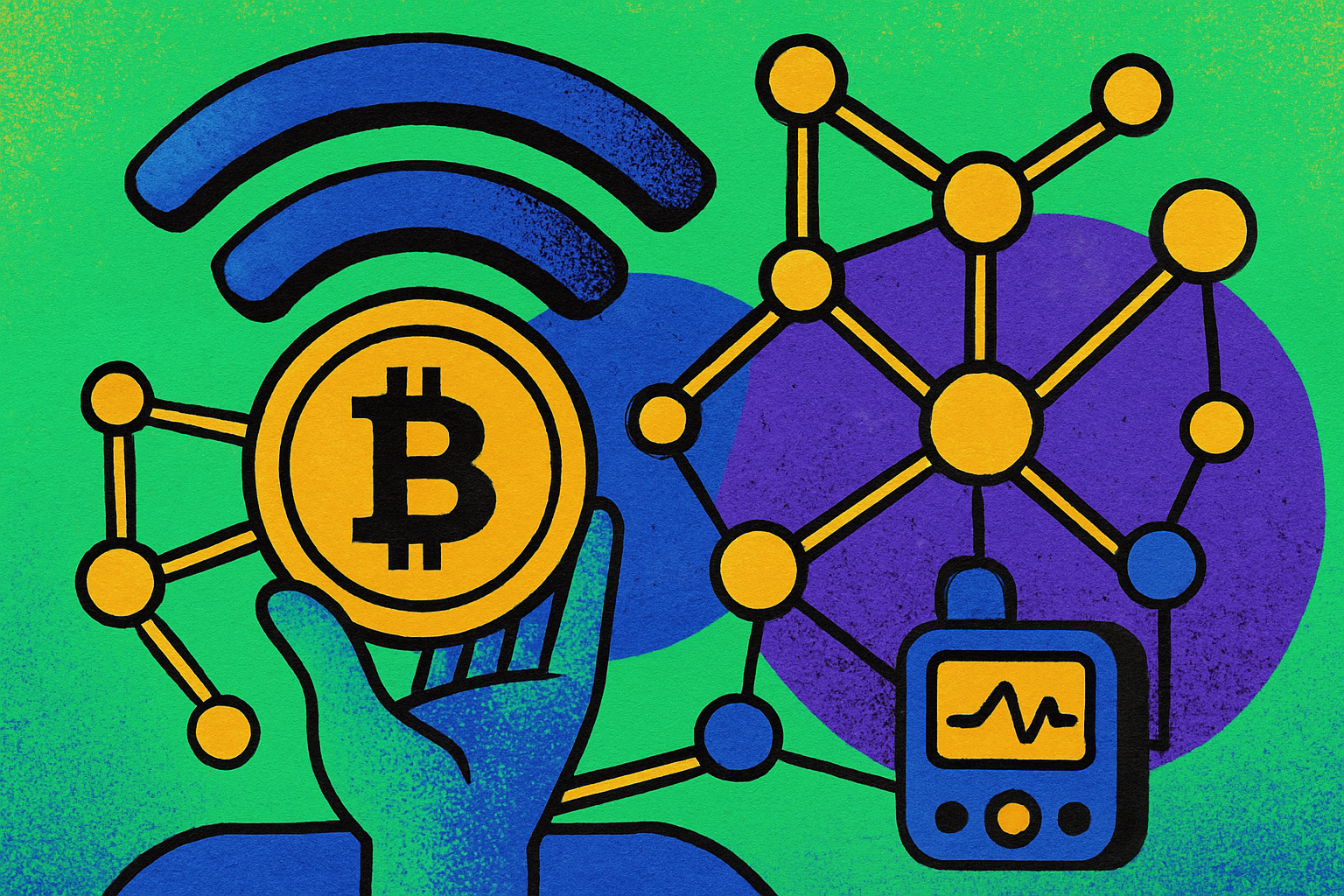
The landscape of global connectivity is being reshaped by a new wave of decentralized wireless networks, and Uplink is at the forefront of this transformation. With its innovative approach to WiFi infrastructure, Uplink is not only democratizing internet access but also laying the foundation for seamless IoT integration worldwide. As traditional telecom models struggle to keep up with skyrocketing demand and the complexity of IoT deployments, Uplink’s decentralized WiFi network offers a compelling alternative that’s both scalable and resilient.

Decentralized WiFi: The Uplink Model
At its core, Uplink decentralized WiFi flips the script on how internet infrastructure is built and maintained. Instead of relying on large telcos or ISPs to deploy and manage access points, Uplink enables individuals and businesses to monetize their existing WiFi routers. This peer-powered model rapidly expands network coverage while reducing operational costs, a win-win for both users and providers.
As of October 2024, Uplink’s network boasts more than 40,000 registered routers and 150,000 active users across over 15 countries. These numbers are not just impressive; they’re indicative of a paradigm shift where everyday people become stakeholders in global connectivity. For those participating in the network, there’s an added incentive: users can earn rewards for sharing bandwidth, directly influencing both quality and pricing in their local area.
WBA OpenRoaming Partnership: Unlocking Global Reach
The real game-changer arrived in June 2024 when Uplink partnered with the Wireless Broadband Alliance (WBA) to integrate with WBA’s OpenRoaming initiative. This collaboration instantly granted Uplink users access to over 3 million WiFi access points worldwide. OpenRoaming eliminates traditional barriers like manual logins or complex onboarding processes by enabling seamless authentication as users move between different networks.
This partnership does more than just boost convenience. By decentralizing OpenRoaming’s infrastructure using blockchain technology, Uplink enhances accessibility, slashes costs, and increases overall network resilience. The combined effect is a robust digital fabric that supports everything from remote work to smart city applications, without being shackled by legacy telecom constraints.
Paving the Way for Seamless IoT Integration
The implications for IoT integration via decentralized wireless are profound. Traditional IoT deployments often face friction due to siloed connectivity solutions or expensive onboarding requirements. With Uplink’s integration into OpenRoaming, and frameworks like WBA’s “zero-touch” onboarding, the process becomes frictionless.
This means sensors in agriculture can relay data without manual intervention. Industrial automation devices can securely connect as soon as they’re powered up. Smart city infrastructure, from traffic lights to environmental monitors, can operate reliably across jurisdictions without renegotiating connectivity every time they cross a boundary.
- Scalability: Decentralized networks grow organically as more participants join.
- Security and Privacy: Blockchain-powered authentication ensures user data stays protected.
- Sustainability: By leveraging existing hardware, there’s less e-waste and a lower carbon footprint compared to rolling out new centralized infrastructure.
The Rise of DePIN Wireless Networks
The concept driving all this is known as DePIN provides Decentralized Physical Infrastructure Networks. These systems leverage blockchain incentives to crowdsource the deployment and maintenance of physical assets like routers or gateways. In less than two years, DePIN wireless networks have registered over one million hotspots globally without needing massive capital outlays from traditional telcos.
This organic growth isn’t just about numbers; it signals an evolution in how we think about internet ownership and accessibility. With projects like Uplink leading the charge on Avalanche L1 blockchain technology, we’re witnessing the dawn of truly user-owned telecom ecosystems, networks that adapt quickly to local needs while remaining secure against centralized points of failure.
Uplink’s fusion of DePIN wireless network architecture with WBA OpenRoaming is a catalyst for both decentralized telecom cost reduction and the next wave of IoT innovation. By lowering entry barriers, the platform empowers small businesses, individual router owners, and even rural communities to participate in and profit from global connectivity. This democratization not only unlocks new revenue streams but also fosters local economic resilience by keeping value within communities.
Security is another area where Uplink’s approach shines. Blockchain-backed authentication and decentralized governance mean that user credentials and data are never funneled through a single vulnerable hub. This distributed model resists both targeted attacks and systemic outages, an essential feature as IoT devices proliferate in sensitive sectors like healthcare, logistics, and critical infrastructure.
Real-World Impact: From Smart Cities to Everyday Users
The practical benefits of Uplink’s model are already being felt across a spectrum of industries. In smart agriculture, sensors can be deployed at scale with minimal technical overhead, enabling real-time monitoring of crops or livestock health. Urban planners leverage Uplink’s mesh coverage to power smart lighting, waste management, or public safety systems without wrangling multiple service contracts or proprietary platforms.
For everyday users, the experience is equally transformative: seamless WiFi access across cities and countries without repeated logins or opaque roaming fees. Students can stay connected on campus or in public spaces; remote workers benefit from stable bandwidth wherever they travel; tourists enjoy secure internet access without hunting for SIM cards or risking insecure hotspots.
Diverse Real-World Use Cases of Uplink’s Decentralized WiFi
-
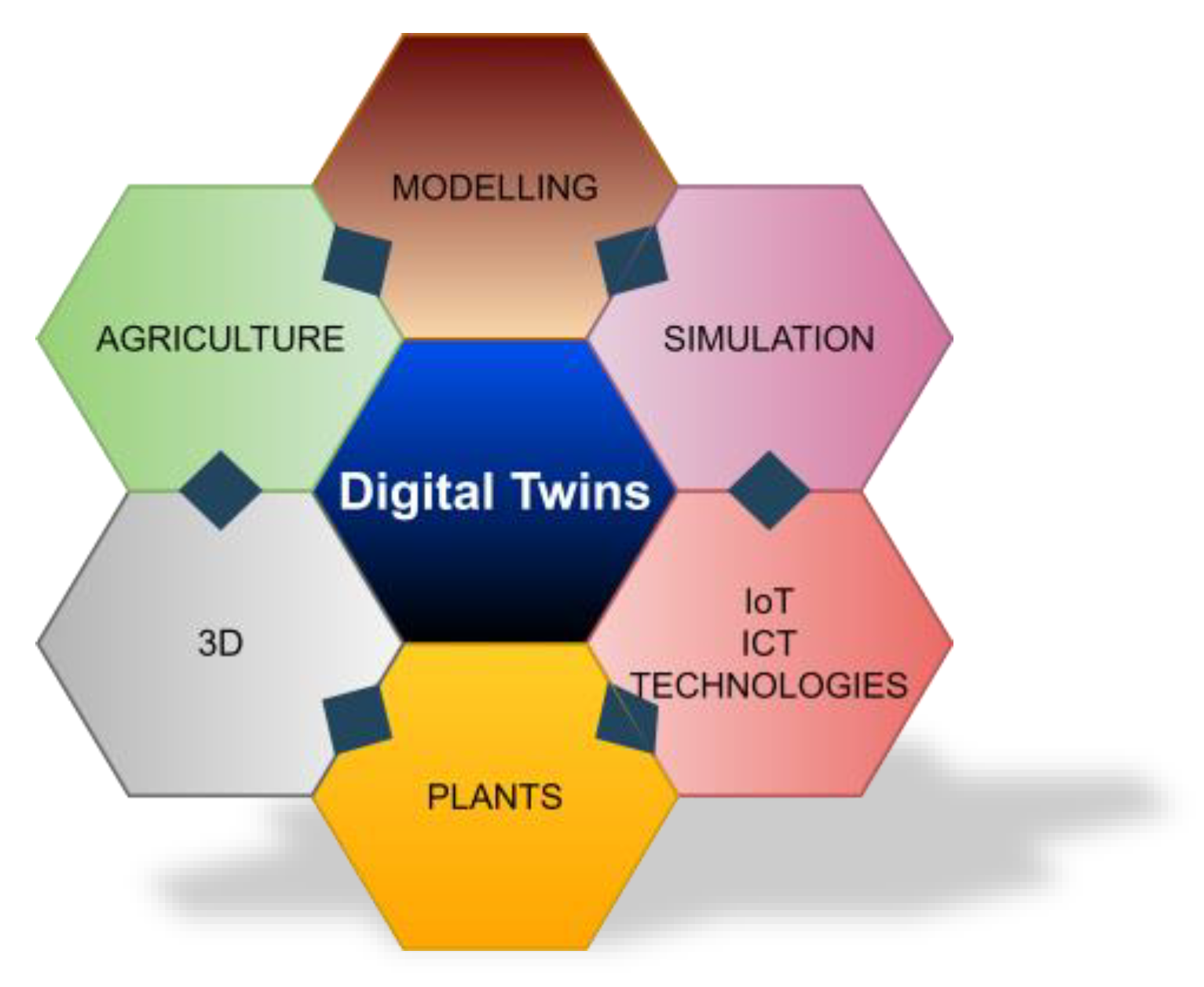
Smart Farming Sensors: Uplink’s decentralized WiFi enables real-time data collection from IoT sensors on farms, supporting precision agriculture, automated irrigation, and livestock monitoring—even in rural areas previously lacking reliable connectivity.
-
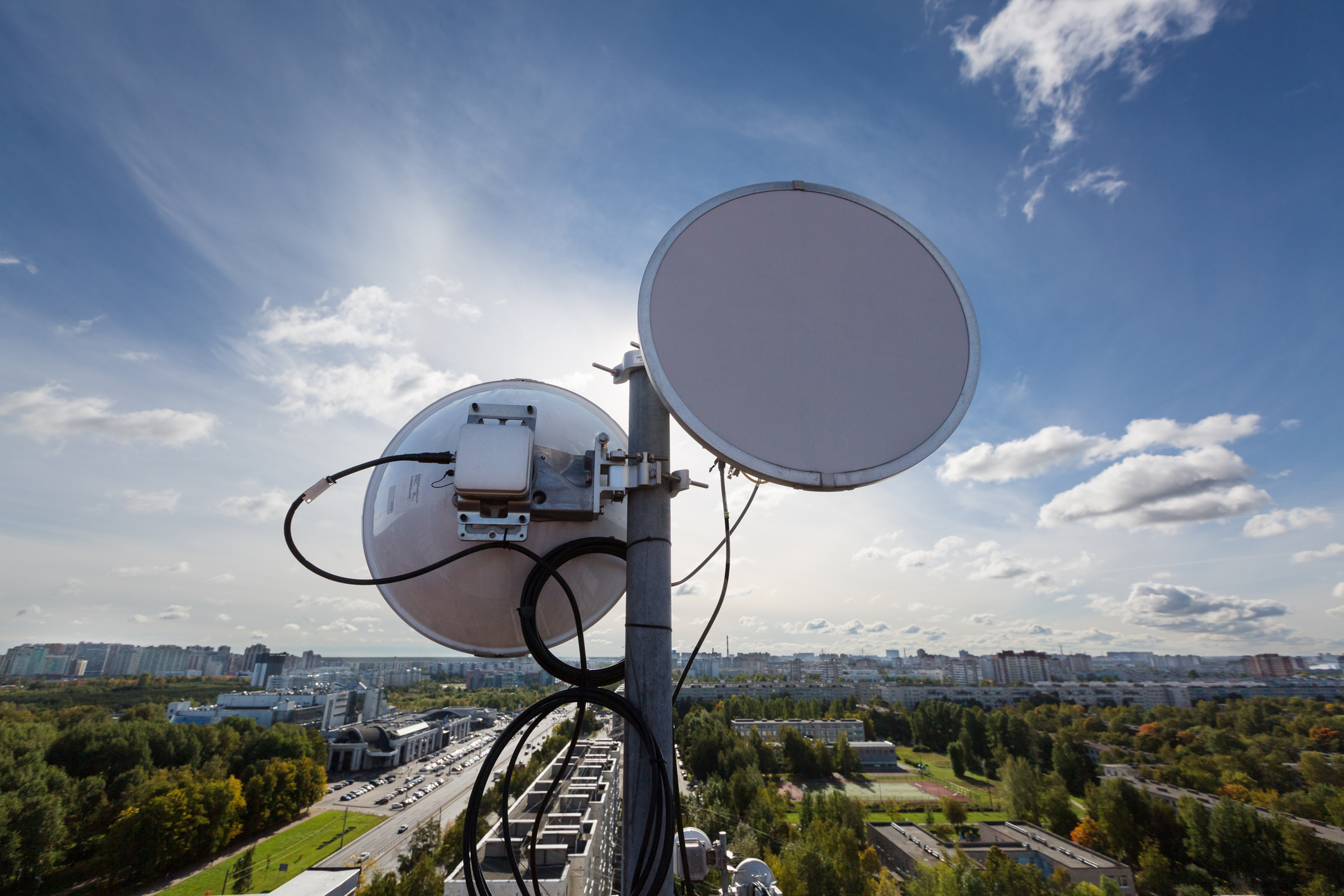
Urban Mobility Tracking: Cities leverage Uplink’s network to seamlessly connect e-scooters, bikes, and public transit IoT devices, improving traffic management, reducing congestion, and enhancing commuter experiences through secure, always-on connectivity.
-

Remote Work Hubs: Uplink empowers coworking spaces and remote work hubs by providing secure, decentralized internet access, allowing digital nomads and professionals to connect effortlessly while maintaining privacy and earning rewards for hosting routers.
-

Neighborhood WiFi Sharing: Residents can share their WiFi securely with neighbors using Uplink, expanding affordable internet access in communities and creating new opportunities for local connectivity and digital inclusion.
-
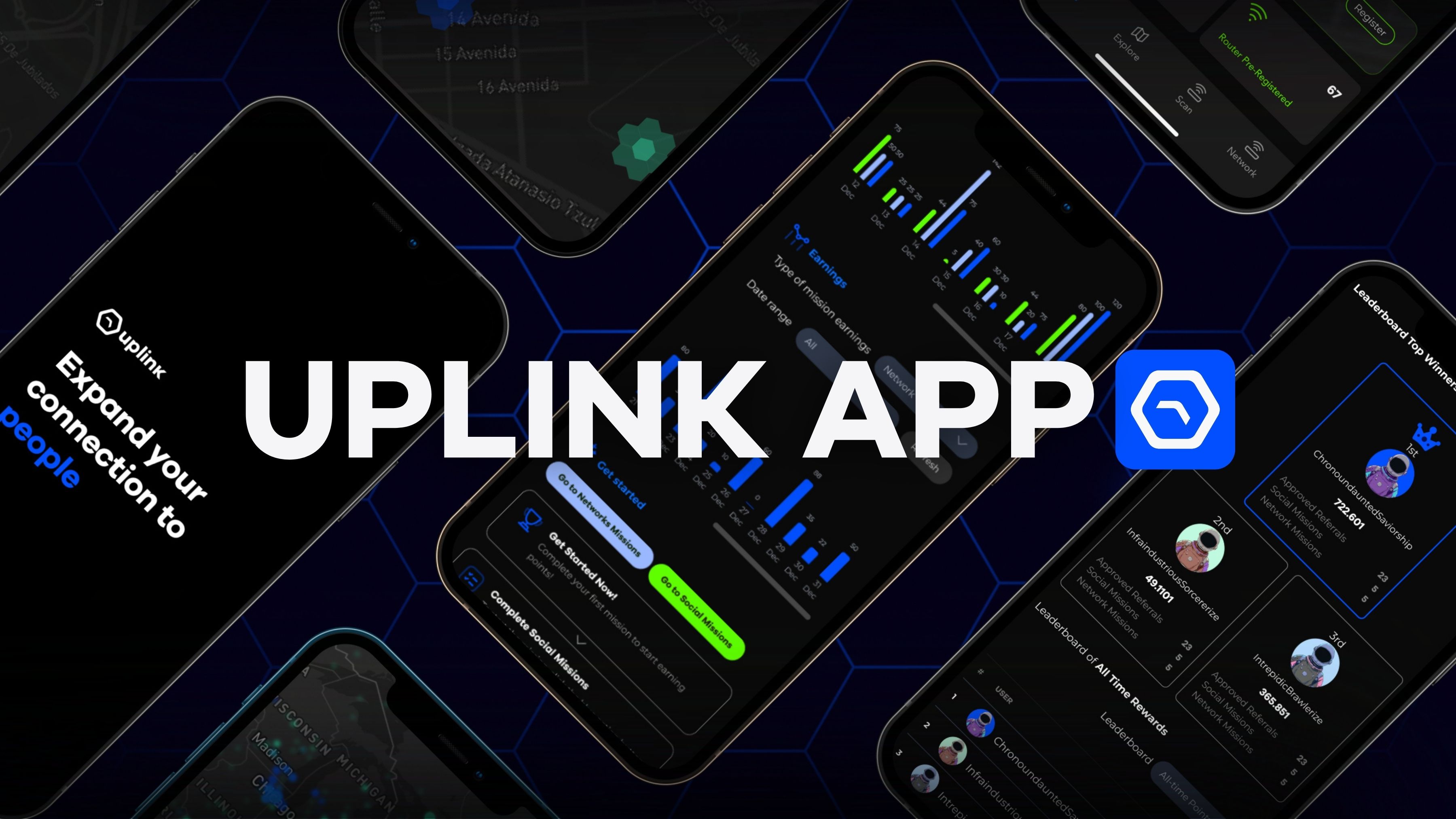
Global OpenRoaming Access: Through its partnership with the Wireless Broadband Alliance, Uplink users gain access to over 3 million WiFi hotspots worldwide, enabling seamless, secure roaming for travelers and IoT devices across borders.
What’s Next for Decentralized Internet Infrastructure?
The rapid Uplink router network growth signals a shift towards infrastructure that evolves organically with community needs rather than top-down mandates from telecom giants. As more routers come online and partnerships expand (with over 3 million global access points now accessible via OpenRoaming), the vision of a truly borderless internet becomes more tangible each day.
The implications reach far beyond convenience or cost savings. A resilient decentralized internet infrastructure underpins everything from AI-powered transportation to resilient supply chains and adaptive emergency response systems. With the groundwork laid by pioneers like Uplink, we’re entering an era where connectivity is not just a commodity but a collective resource, owned by many, governed transparently, and accessible to all.
If you’re passionate about shaping this future, whether as an investor, builder, or everyday user, the time to get involved is now. The next generation of wireless isn’t coming; it’s already here.
